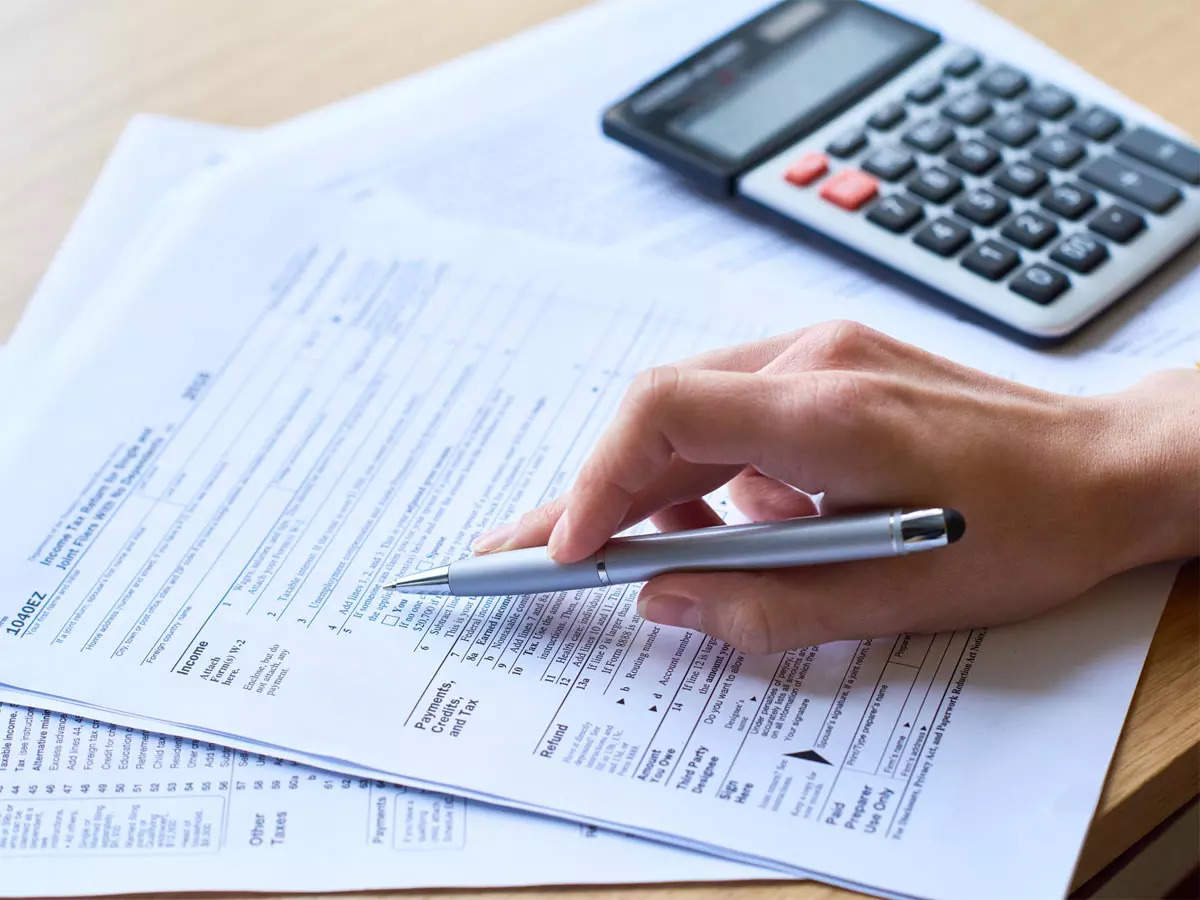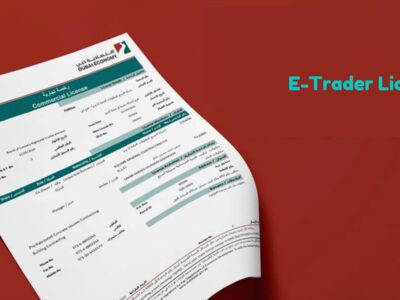Freelancers face a lot of complex tax requirements. They must file quarterly taxes and pay federal and state income tax.
They also must pay self-employment tax, which represents businesses’ Social Security and Medicare taxes. That’s why it’s so essential to understand freelance taxation and how it works.
What is Self-Employment Tax?
Self-Employment Tax (SE) is a federal tax that freelancers, independent contractors, small business owners, and others pay on their net earnings. It’s used to collect Social Security and Medicare taxes.
In most cases, it applies to anyone who earns $400 or more in self-employment income. This includes freelancers, independent contractors, sole proprietors, and one-member LLCs (with exceptions explained later).
The SE tax is based on your net earnings, the total amount of money you made minus the cost of your business expenses. Remember that depending on your circumstances, you can deduct some of your business expenses from your income.
Moreover, it’s-deducting half of your employer-equivalent portion of the SE tax from your taxable income will reduce the amount you owe on your taxes. This is often a reasonable deduction for freelancers since it will allow them to keep more profits and decrease their tax liability.
As you can see, self-employment tax, like guides for freelancer taxes, is a significant concern for many freelancers and self-employed individuals. It’s a source of tax worry and a substantial financial burden. To minimize the impact of your tax liabilities, you must ensure your business taxes are filed correctly. The key is to track your net earnings from self-employment, take advantage of all tax deductions and prepay your estimated taxes throughout the year.
How is Self-Employment Tax Calculated?
Self-employment tax is a form of federal income tax that freelancers, independent contractors, and small business owners must pay. The amount of self-employment tax varies depending on how much money you earn and whether you file taxes as an individual, a partnership, or a corporation.
The IRS calculates your tax liability by subtracting business expenses from your business income. This is done by filling out Schedule C as part of the filing process for independent contractors and other small businesses.
Freelancers and self-employed individuals can take deductions that reduce their tax burdens, such as home office deductions and supplies and equipment expenses. However, it’s essential to claim deductions you can legitimately use.
If you’re self-employed, you must pay the IRS 15.3% of your net income as self-employment taxes. This includes Social Security and Medicare taxes. The first $142,800 of your self-employment income is subject to the Social Security portion, while 2.9% goes toward Medicare.
A freelancer must also make quarterly estimated tax payments. These payments are easier to manage if you base them on the previous year’s income, which is how you usually calculate your full-time job tax payment.
When calculating your tax bill, estimating what you’ll owe and setting aside enough to cover it is best. This can help avoid any penalties that may apply if you cannot meet the tax deadline.
How Do I Pay Self-Employment Tax?
Taxes are a big part of running a small business or a side gig, but they can be incredibly daunting for freelancers. Because they aren’t withheld from their paychecks by an employer, self-employed people have to figure out how much tax they owe and when to pay it.
In addition to the taxes they owe for their income, freelancers must also pay self-employment tax. This tax, which is 12.4% for Social Security and 2.9% for Medicare, is based on your net earnings from self-employment.
You can determine your net self-employment earnings by subtracting deductible expenses from your gross income. Then, you can calculate your net payments and the amount of self-employment tax that you owe using Schedule SE.
This will help you determine whether you must pay quarterly estimated taxes. If you do, you’ll need to fill out Form 1040-ES and use one of the payment vouchers that come with it. You can also make payments online using the Electronic Federal Tax Payment System (EFTPS).
While it may seem like you have a lot of paperwork to keep track of, the process is more manageable than it sounds. You have to be willing to set aside the time to ensure that you’re keeping track of your business expenses and paying taxes correctly.
What Are the Requirements for Self-Employment Tax?
If you are self-employed, you must report your business income and expenses for tax purposes. This includes filing your annual return, submitting estimated tax payments quarterly, and paying tax penalties for underpayments.
Depending on your circumstances, you may receive one or more 1099 forms in the mail that you have to file with the IRS. This could be a 1099-MISC for miscellaneous income or a 1099-NEC or 1099-K for business income or expenses.
The 1099 forms you receive should all be filed with your annual return. Then, you’ll calculate your net earnings from your business and determine how much you owe in self-employment taxes.
You can write off half of the self-employment tax as an adjustment to gross income on Schedule 1 of Form 1040. You can also deduct some of your everyday business expenses. These include computer hardware and software costs, office supplies, insurance, and business travel.
The other half of the self-employment tax is paid to the federal government to contribute to Social Security and Medicare. Unlike most wage earners who get their Social Security and Medicare benefits through an employer, the self-employed pay this tax themselves. The amount of this tax is generally equivalent to the 0.9 percent Medicare tax on earned income over a certain threshold.














Comments